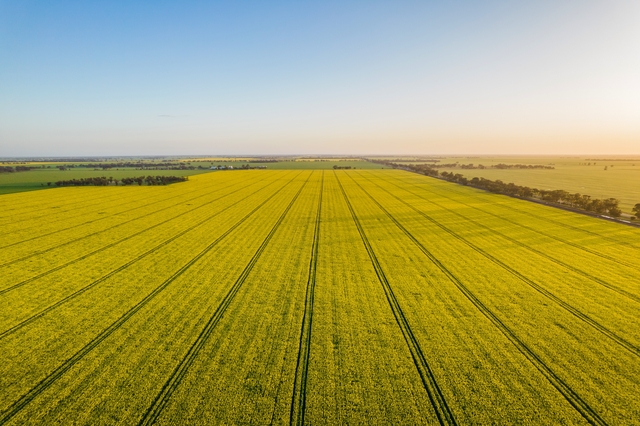
A strategic blueprint devised to inform future research, development and extension in the production of low carbon liquid fuel feedstocks from Australian grain crops has been released.
The Low Carbon Liquid Fuels (LCLF) roadmap was launched by the Grains Research and Development Corporation (GRDC) and aims to enable Australian grain growers to participate in and benefit from an emerging low carbon liquid fuel market.
The roadmap presents a ‘feedstock first’ approach designed to position Australian growers at the forefront of the increasing global feedstock demand supporting the transition to renewable fuels.
GRDC managing director Nigel Hart said the roadmap provided a clear vision for how the grains sector could seize new opportunities in the rapidly expanding LCLF feedstock market.
“The next oil boom will be on the farm, not under it. This roadmap demonstrates how Australian grain growers, supported by world-class research and innovation, can lead the way in supplying sustainable feedstocks for low carbon liquid fuels,” he said.
“By investing in crop innovation, agronomy and supply chain partnerships, we can unlock new markets, drive profitability for growers and support the Australian grains and in turn the LCLF industries to achieve their decarbonisation goals.
“The roadmap outlines the benefits of coordinated investment across the value chain, ensuring our industry is ready to meet both global and domestic demand for renewable fuel feedstocks.”
The roadmap identifies three key horizons for industry development:
• Expanding oilseed cropping: Increasing the area and productivity of oilseed crops such as canola, and revisiting alternative crops like Brassica juncea and lupin, to boost feedstock supply.
• Intensifying oil production: Investing in breeding and technology to increase oil content in seeds and develop new high-oil grain crops, further improving grower returns and sustainability.
• Innovating with advanced biomass: Exploring new technologies to produce oil in crop residues and biomass, creating additional revenue streams and reducing carbon intensity.
With global decarbonisation policies driving global demand for LCLF – especially in hard-to-electrify sectors like aviation, marine and heavy transport – the roadmap highlights the grains industry’s unique opportunity to supply both export and future domestic markets.
“Australian growers are already producing high-quality, sustainable grains to feed the world,” Mr Hart said.
“By embracing the LCLF opportunity, growers could diversify farm incomes, strengthen regional economies and contribute to national fuel security.
The LCLF roadmap is available at grdc.com.au/resources-and-publications/all-publications/publications/2025/low-carbon-liquid-fuels-roadmap
